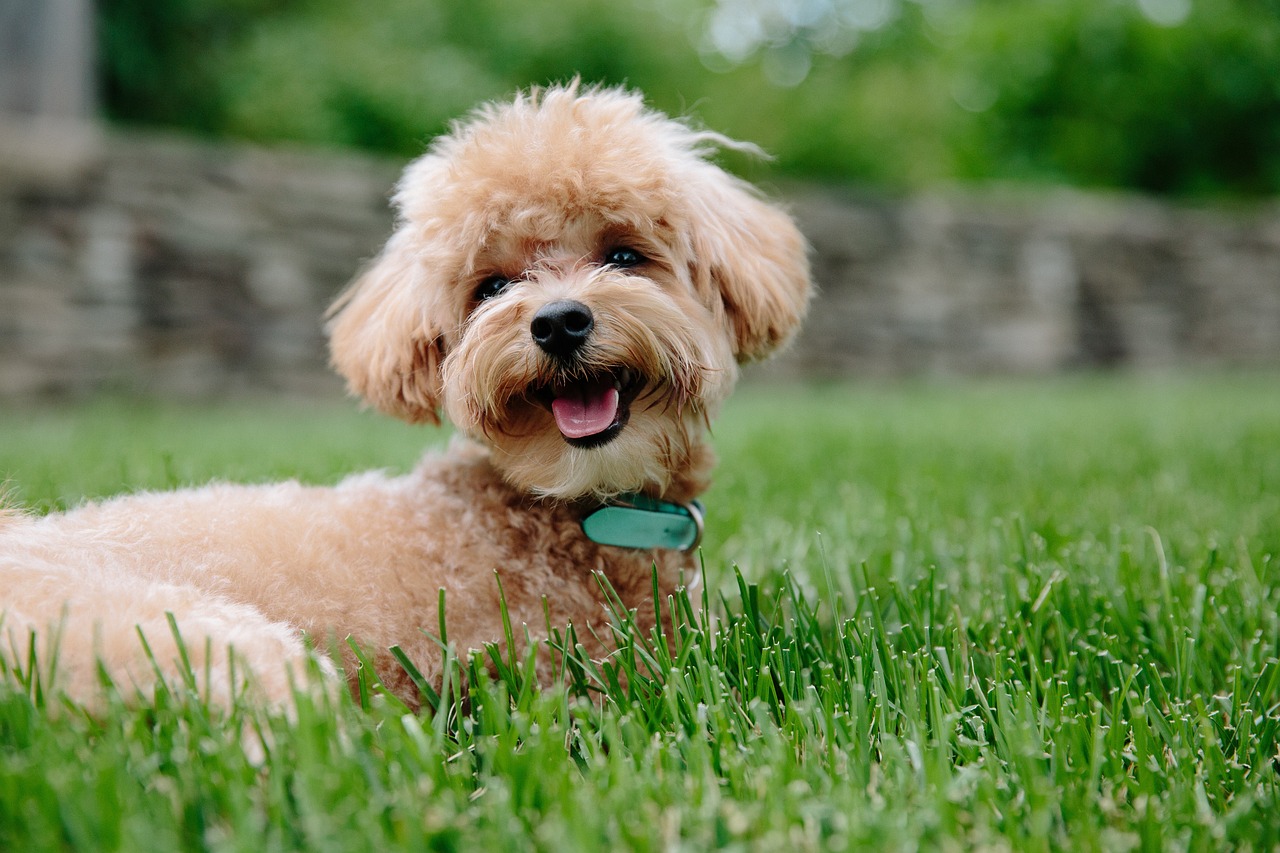
Finding the perfect dog involves considering various factors, with shedding being a significant concern for many prospective pet owners. Non-shedding dogs are a fantastic option for those who prefer a cleaner home with fewer allergens. These breeds are known for minimal shedding, making them ideal for people with allergies or who prefer less cleaning. But what does non-shedding truly mean in the context of dog breeds, and why might someone prefer such a pet? This article explores these questions and provides a comprehensive guide to non-shedding dog breeds, their characteristics, popular examples, health considerations, and tips for choosing the right one for your lifestyle.
Introduction to Non-Shedding Dog Breeds
Non-shedding dog breeds are those that produce significantly less dander and hair compared to their shedding counterparts. While no dog is entirely hypoallergenic, these breeds are close to it, making them suitable for people with mild allergies. Non-shedding dogs tend to have hair that grows continuously rather than fur that sheds seasonally. This characteristic requires regular grooming but results in less loose hair around the home.
Many people prefer non-shedding dogs because they are easier to maintain regarding cleaning and allergen control. The reduced dander can make a big difference in comfort and health for individuals with allergies. Additionally, non-shedding breeds often have unique coats that add to their charm and appeal, making them highly desirable for families and individuals.
Discover Which Breeds Shed The Most
Characteristics of Non-Shedding Dog Breeds
Non-shedding dogs share several general characteristics that distinguish them from other breeds. Typically, these dogs have hair rather than fur, which grows much like human hair and requires regular trims and maintenance. Their coats can vary from curly to wavy or straight, and each type has specific grooming needs to prevent matting and tangling.
Grooming is a significant aspect of owning a non-shedding dog. Regular brushing, bathing, and haircuts are necessary to keep their coats healthy and manageable. Additionally, these breeds often benefit from professional grooming services to maintain their appearance and hygiene. While this might seem like a lot of work, many owners find the trade-off of less shedding and fewer allergens well worth the effort.
Popular Non-Shedding Dog Breeds
Several dog breeds are renowned for their minimal shedding, each offering unique traits and characteristics that make them appealing companions:
1. Poodle
Poodles, available in standard, miniature, and toy sizes, are famous for their intelligence and hypoallergenic coats. Their curly hair requires regular grooming but sheds very little, making them a top choice for allergy sufferers. Poodles are active, trainable, and excellent family pets.
2. Bichon Frise
The Bichon Frise is a small, cheerful dog with a soft, curly coat that doesn’t shed much. Their playful and affectionate nature makes them great companions for families and singles alike. Regular grooming is essential to keep their coat in top condition.
3. Shih Tzu
Shih Tzus are small dogs with long, flowing hair that needs consistent grooming but sheds minimally. Known for their friendly and outgoing personalities, Shih Tzus are great for apartment living and get along well with children and other pets.
4. Maltese
Maltese dogs have a silky, white coat that sheds very little. These small, affectionate dogs are perfect lap pets and thrive on human companionship. Their coat requires regular brushing to prevent tangling.
5. Portuguese Water Dog
This medium-sized breed has a curly or wavy coat that is hypoallergenic. Portuguese Water Dogs are energetic, intelligent, and loyal, making them excellent companions for active families. They require regular grooming to keep their coat healthy and free from mats.
Health Considerations for Non-Shedding Dogs
While non-shedding dogs offer many benefits, they can also face specific health issues related to their unique coats and genetics. Due to their hair growth patterns and grooming needs, common problems include skin conditions, allergies, and ear infections. Regular veterinary check-ups, proper grooming, and a balanced diet are crucial to maintaining their health and well-being.
Owners should be vigilant about grooming to prevent matting and skin infections. They should also clean their ears regularly and watch for signs of discomfort or health issues. A nutritious diet and adequate exercise can help keep these dogs healthy.
Learn About 25 Dogs That Shed The Most
Choosing the Right Non-Shedding Dog for Your Lifestyle
Selecting the right non-shedding dog involves considering your lifestyle, family size, and living conditions. For instance, active families may prefer a Portuguese Water Dog, while those seeking a smaller, low-energy companion might opt for a Shih Tzu or Maltese. It’s important to consider each breed’s energy levels, grooming needs, and temperament.
Researching and understanding each breed’s specific needs can help you make an informed decision. Additionally, considering adoption from shelters or breed-specific rescues can provide a loving home to a needy dog and offer you a wonderful, low-shedding companion.
Find Out Which Breeds Shed The Least
Final Thoughts on Choosing the Best Non-Shedding Dog Breeds
Non-shedding dogs provide numerous benefits, from reducing allergens to maintaining a cleaner home. With various breeds, there’s a non-shedding dog to fit nearly every lifestyle and preference. You can find the perfect low-shedding companion by considering factors such as grooming needs, health considerations, and compatibility with your living situation. Remember, adoption is always a wonderful option, offering you the chance to give a loving home to a deserving dog while enjoying the benefits of a non-shedding breed.






